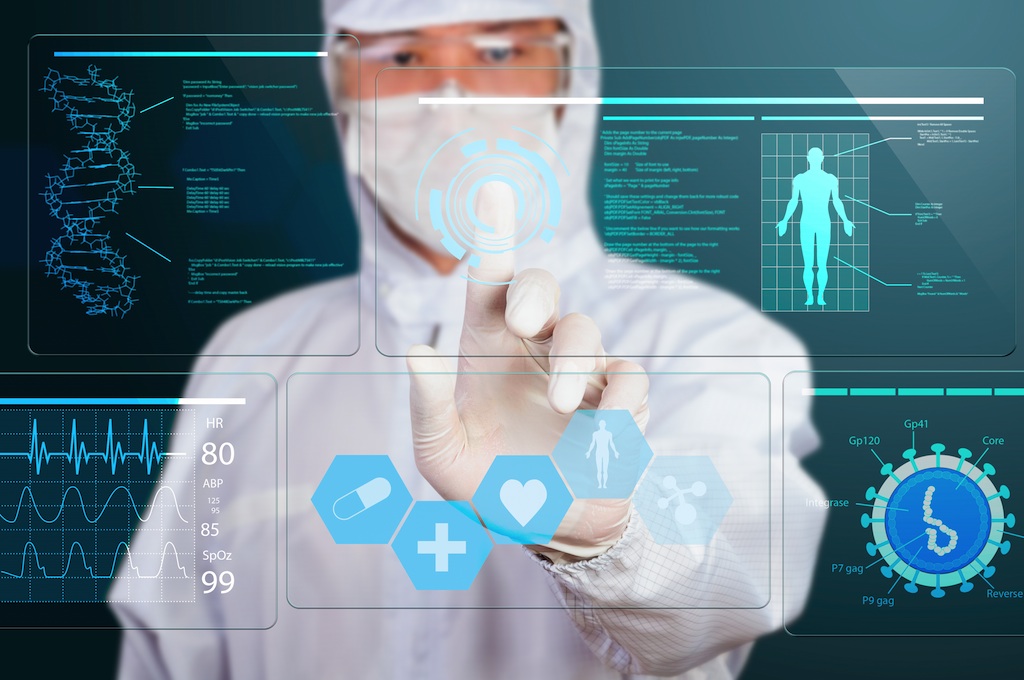Not more than half of 2017, artificial intelligence has made breakthroughs in the medical field.
In the United States, Google uses artificial intelligence programs to detect tissue-sliced ​​breast cancer. In sensitivity-based and false-positive scores, the algorithm scores 88.5%, surpassing pathologists; the internationally renowned journal Nature has published a comprehensive study on deep-study diagnosis of skin cancer. The research results; in China, the Etu image intelligent auxiliary platform has been adopted by many top three hospitals in Shanghai and Zhejiang Province. After being put into clinical use, the doctors received rave reviews.
At the 4th Qianjiang International Imaging Forum in 2017, Zheng Yongsheng, vice president of Yitu Medical, said: "The application of artificial intelligence technology in medical imaging has come out of the laboratory and is fully rolled out in the clinic."
As the annual event in the field of medical imaging, Qianjiang Forum takes "Joining Smart Technology and Opening the Future Image" as the forum theme, indicating that artificial intelligence is no longer a mysterious "black technology", but actually entered the clinic. As a leading enterprise in the field of artificial intelligence in China, and as the only company invited to give a keynote speech at the conference, it shows that Yitu has been recognized by radiologists in the application and practice of medical artificial intelligence.

AI readings are being rolled out clinically, pushing the history of artificial intelligence medical treatment to a big step forward
Imaging science is the biggest hotspot of artificial intelligence technology from laboratory to clinical applications.
For a long time, the hospital's diagnosis of medical imaging relies mainly on the doctor's manual observation and detection. As the main body of diagnosis, experienced radiologists have a very long training period. At the same time, with the development of medical imaging technology and people's attention to health, the gap in imaging diagnosis needs has become larger and larger. According to the deep learning model accumulated over the years, Etu Technology has developed a medical image intelligent auxiliary platform.
Before the artificial intelligence-based intelligent image-assisted platform was launched, the Zhejiang Provincial People's Hospital received 200 cases of lung nodules every day. The radiologists read more than 40,000 X-rays a day, in high-intensity In the work environment, human doctors are more susceptible to fatigue and even emotional, and the machine is more advantageous than humans in the face of repetitive mechanical work.
In fact, letting the machine imitate human doctors reading medical images is not something that is today. In 1998, the first CAD system for diagnosing breast cancer was approved by the US Food and Drug Administration (FDA). But because its accuracy is not high enough, it has not been promoted.
Today, using deep learning technology, the machine itself extracts the characteristics of the lesion, and the training machine thinks and judges like the human brain, so that the accuracy of the machine diagnosis has been steadily and rapidly improved.
In the few months after entering the clinic, tens of thousands of cases of chest CT were tested according to the medical imaging platform. The actual clinical sensitivity reached more than 90%, among which small nodules below 10mm and tiny nodules below 5mm accounted for More than 40% of the nodules were detected.
4 Wire Intercom System,Analog Intercom System Doorbell,China 4 Wire Video Door Phone,4 Wire Connection System,4 Wire Intercom
Zhuhai Mingke Electronics Technology Co., Ltd , https://www.zhmkdz-electronics.com